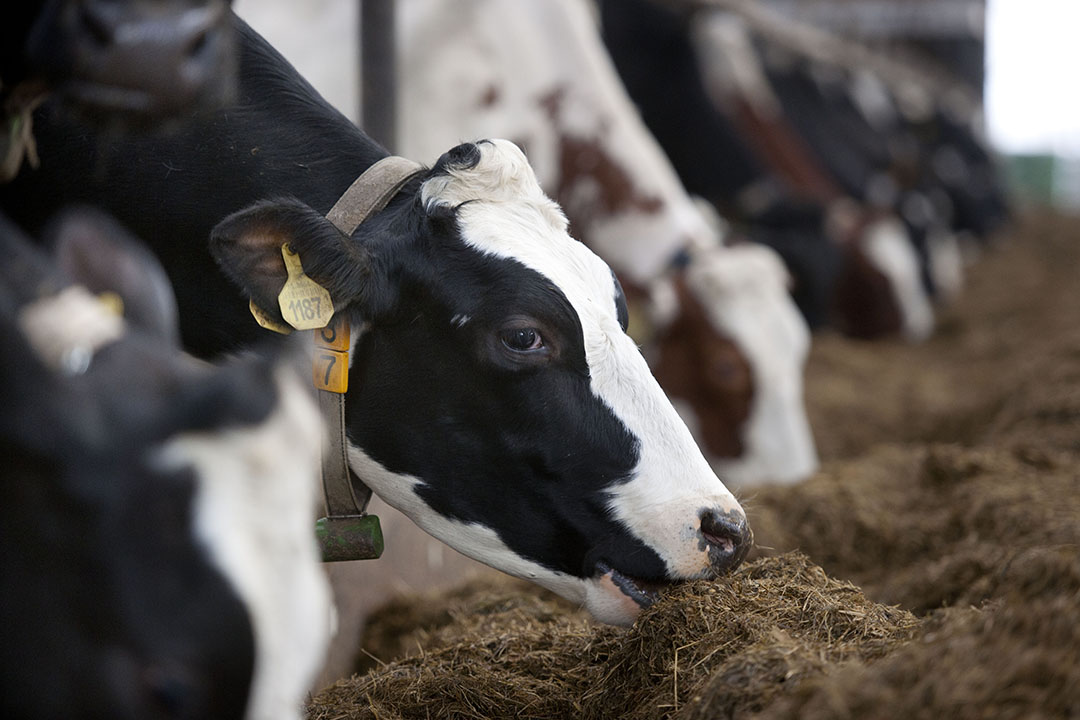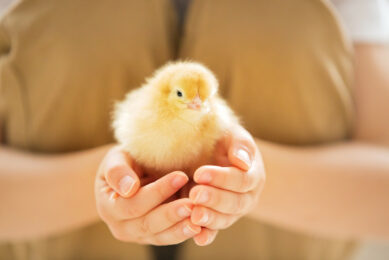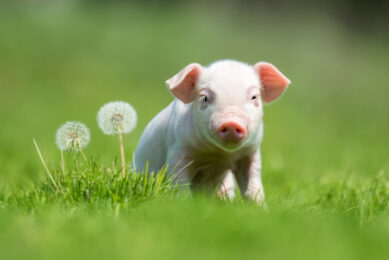Effect of live yeast on rumen fermentation parameters

Animals will not become tolerant to live yeast, as it is a natural additive. It is different from other products containing inactive yeast, such as single cell yeast protein, live yeast plays a role by improving the intestinal microflora to stabilise the intestinal environment. Here, a look is taken at the role of live yeast on rumen fermentation parameters.
Live yeast is a probiotic that is allowed to be fed by the FDA. YeaVita R, produced by Angel Yeast, is a safe and efficient special Saccharomyces cerevisiae strain from rumen, which does not contain any carrier and has more than 20 billion viable strains per gram. The additive maintains a good anaerobic environment in rumen by consuming oxygen, so as to increase the number of three major microorganisms in rumen, especially the fibrinolytic bacteria, and improve the digestion and absorption of nutrients. Yeavita R can also promote the proliferation of lactic acid utilisation bacteria, effectively prevent rumen dysfunction and acidosis caused by lactic acid accumulation.
Effect on rumen fermentation parameters
The biggest difference in nitrogen metabolism between ruminant and monogastric animals is that rumen microorganisms can ferment part of feed protein or other nitrogen-containing substances into ammonia nitrogen, while part of feed protein is degraded into amino acids and polypeptides. Microorganisms use the ammonia nitrogen, amino acids and peptides produced by decomposition to synthesise microbial proteins, which are used by animals. While rumen ammonia nitrogen provides inorganic nitrogen source for ruminant microorganisms, it also causes the waste of feed protein due to the degradation of some high-quality feed protein.
Protein waste will lead to environmental pollution caused by high urinary nitrogen emissions, low reproductive performance caused by high plasma urea, rumen gas, etc. YeaVita R participates in the regulation of rumen protein degradation, which can improve the utilisation efficiency of ammonia nitrogen and be used as a microbial protein by ruminants, thus reducing the waste of protein.
Reduction of rumen ammonia nitrogen concentration
From Table 1, it can be concluded that the rumen Ammoniacal nitrogen (NH3-N) concentration in the YeaVita R group on the 15th day and the 30th day was significantly lower than that in the control group by the feeding of ruminant yeast (P<0.05). the average concentration of nh>3-N in the whole control group was 8.23, and the average concentration of NH3-N in the experimental group was 7.26, all within the normal range of 6-30 mg/100mL, and the experimental group improved the utilisation efficiency of NH3-N.
It can be seen from Table 2 that the MCP content of the YeaVIta R group on the 30th day of the test was significantly higher than that of the control group by feeding the ruminant yeast (P<0.05). the mcp content of the yeavita r group on the 15>th day of the experiment was slightly higher than that of the control group. From the 15th day of the experiment to the 30th day of the experiment, the MCP content of the experimental group increased by 25.53%, the MCP content of the control group increased by 21.58%, and the MCP increase was higher than the control group by 3.95%.
Impact on volatile fatty acids
The volatile fatty acids (VFAs), including acetic acid, propionic acid and butyric acid, which play an important role in ruminant fermentation, account for 95% of the total production of volatile fatty acids. The digestion and absorption of nutrients in rumen and the growth and metabolism of rumen microorganisms can produce a large number of volatile fatty acids, and a large part of the energy needed for rumen digestion and absorption comes from the metabolism of volatile fatty acids.
The basic function of VFAs in ruminants is to provide energy. The main function of rumen microorganisms is to decompose nutrients into VFAs and ammonia, and then to re synthesise or energy metabolism. In addition, volatile fatty acids can also maintain an ideal acid environment in rumen, which is suitable for the reproduction and colonisation of microorganisms. These microorganisms further ferment rumen feed, so that rumen is in a benign cycle environment.
Results from the trials
As can be seen from Table 3, there was no significant difference in the acetic acid, propionic acid and butyric acid between YeaVita R group and the control group on the 1st day of the test. On the 15th day of the experiment, except for butyric acid, the acetic acid and propionic acid concentration in YeaVita R group were significantly higher than the control group, and the acetic acid propionate ratio in YeaVita R group was significantly lower than the control group (P<0.05).>
On the 30th day of the experiment, the acetic acid, propionic acid and butyric acid concentration in YeaVita R were significantly higher than the control group (P<0.05), and the difference between the acetic acid propionate ratio in yeavita r and the control group was not significant. during the test period, the concentration of acetic acid, propionic acid and butyric acid in yeavita r group showed a gradual increase with the increase of the number of feeding days of ruminant yeast.>
Effect of live yeast on rumen microflora
As can be seen from Table 4, by feeding YeaVita R, the number of Megasphaeraelsdenii in the test group on the 30th day of the test was significantly higher than that of the control group (P<0.05), and the difference between other bacteria and the fungj test group and the control group was not significant. however, the results showed that there was a tendency to increase the number of fibrolytic bacteria (>Ruminococcusflavefaciens, Ruminococcusalbus and Fibrobacter succinogenes), lactic acid-utilising bacteria (Selenomonasruminantion) and Fungj; the number of lactic acid-producing strains Streptococcus bovis and Lactobacillus was lower than that of the control group. The trend; the Methanogens quantitative test group has a decreasing trend compared to the control group. During the whole trial period, the number of lactic acid bacteria produced by YeaVita R, Methanogens and lactic acid bacteria decreased. The number of Ruminococcusalbus was increased, while the number of Ruminococcusflavefaciens and Fibrobacter succinogenes decreased.
The above experimental data show that YeaVita R can regulate rumen microflora and improve rumen health. In practical application, there are many factors that affect the test effect of the live yeast additive, such as strain, total number of viable strains, dietary composition and energy concentration. But in general, YeaVita R can improve the performance of ruminant production by regulating rumen internal environment, which has a broad application prospect.
Author: Xiao Xiangqian, product manager, Chen Zhongping, technical manager, Angel Animal Nutrition, China






